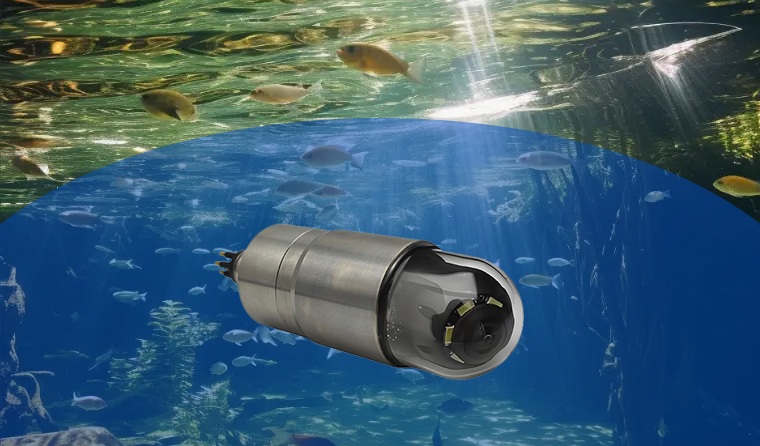
There is no unified standard for the applicable depth of underwater breeding cameras. It mainly depends on the equipment's water pressure resistance design, breeding scenario requirements and supporting installation solutions. The conventional applicable range covers 0-100 meters, and specially customized models can reach deeper waters. The key is to match the depth characteristics of the actual breeding environment.
Water pressure resistance level is the core indicator determining the applicable depth. The equipment will be marked with the rated water pressure value when leaving the factory, corresponding to a clear applicable depth range: models with a rated depth of 10-30 meters are commonly used for shallow water breeding (such as ponds, small cages), which adopt basic sealing structure and lightweight shell, and can meet the needs of fresh water or offshore shallow sea; models with a rated depth of 50-80 meters are required for medium and deep water breeding (such as offshore cages, kelp breeding areas). These equipment adopt thickened alloy shell and multi-layer sealing technology, which can resist medium water pressure erosion; deep-sea breeding (such as cold-water fish breeding below 100 meters) requires customized high-pressure models, equipped with sapphire pressure-resistant lenses and pressure-resistant components to ensure stable operation in deep-sea environments.
Differences in breeding scenarios directly affect depth selection. The water depth of freshwater pond breeding is usually 2-5 meters. Although the depth requirement is low, attention should be paid to the equipment's anti-sediment design; the water depth of offshore mariculture is 10-30 meters, which needs to take into account both water pressure resistance and salt corrosion resistance; the water depth of far-reaching sea breeding can reach 50-100 meters. In addition to high water pressure resistance, it is also necessary to adapt to remote power supply and signal transmission systems. In addition, underwater operation requirements such as seed observation and disease monitoring may require the equipment to stay at a specific depth for a long time, so the stability of the installation bracket should be considered.
Selection and installation skills can expand the applicable boundary. When selecting, a 20% water pressure redundancy should be reserved to avoid equipment damage caused by instantaneous water pressure fluctuations; floating buoys can be used for hoisting and fixing in shallow water areas, weighted anchor chains for positioning in medium and deep water areas, and professional underwater robots or fixed piles for installation in deep sea areas. Regular inspection of the sealing rubber ring and water pressure monitoring module can prevent the applicable depth from decreasing due to aging.
For more information about underwater aquaculture camera, please visit the homepage.